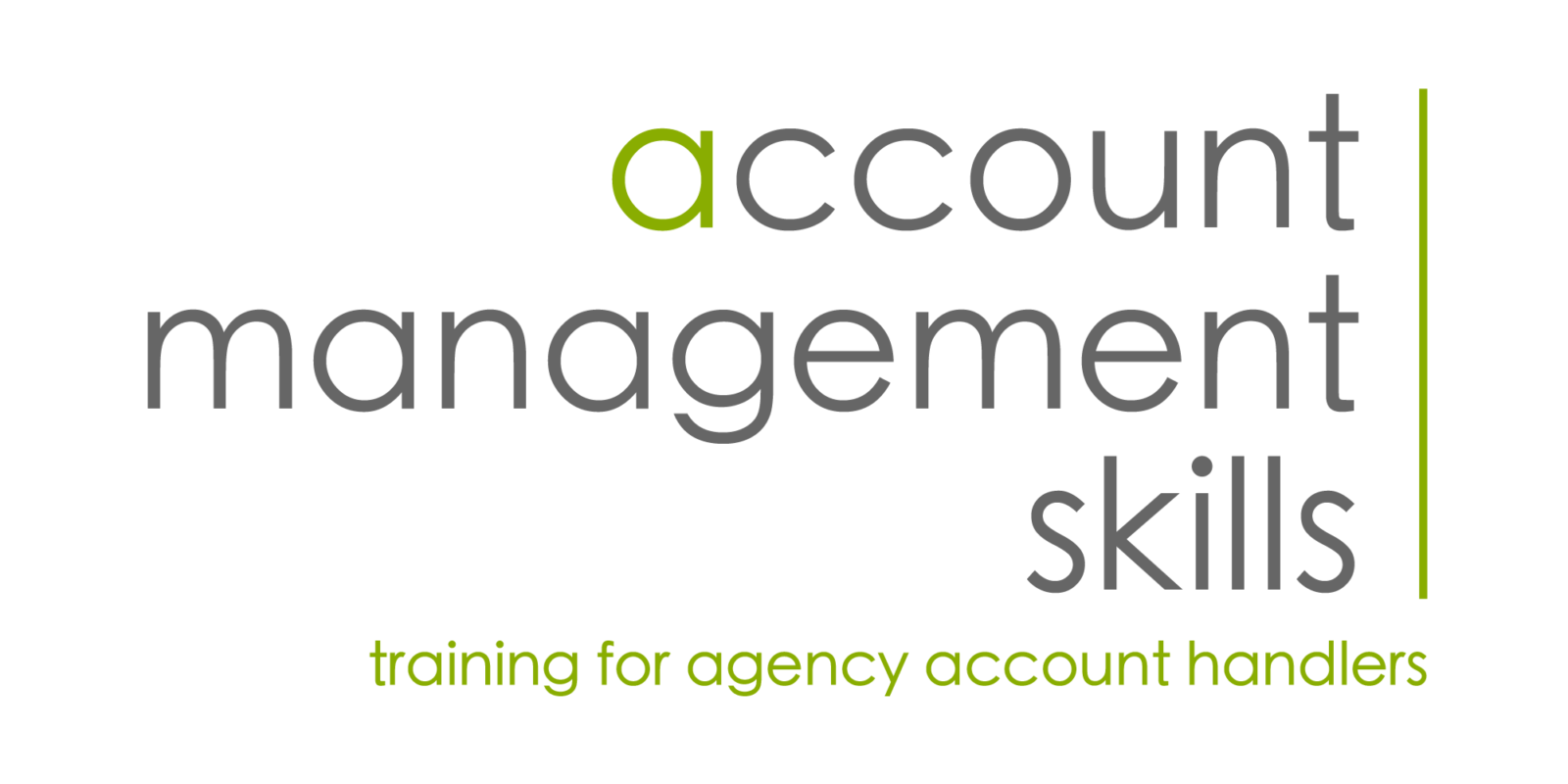
Not all clients communicate in the same way.
With some clients you know exactly where you stand. If they’re not happy with you or your service they are going to tell you. Sometimes they can be brutal.
But others might not be so open and might be thinking they want ‘out’ of the business relationship but aren’t very comfortable telling you. So they don’t.
They don’t necessarily lie to you but there are subtle changes in their behaviour that could be a clue to how they’re really feeling.
Maybe they are cancelling meetings more frequently, not responding to messages, not being so engaged or enthusiastic. Or maybe it’s something about their actions, lack of action, facial expression or body language that leads you to think something has changed in their attitude towards you?
If you have picked up on the vibe then congratulations!
One of the greatest ‘softer’ skills you can develop as an account manager is a sensitivity to a client’s mood, behaviours and actions and then being able to respond accordingly.
It’s more an art than a science.
For some it comes naturally without thinking too much, for others it takes more effort.
While it’s dangerous to fall into the trap of being overly paranoid about your client’s actions, when you’ve known a client for a while you can identify a change in the way they communicate with you.
It’s also dangerous to assume that the reason your client is behaving differently has a direct correlation with how satisfied they are with you/your product/service/project etc.
Nevertheless, as with any marriage, a business relationship takes an investment of time and energy to ensure both parties understand each other and the partnership is nurtured. Spotting signs of trouble early is key.
There are several ways you can try to do this:
1. Set clear, specific measurable objectives from the beginning
Ask your client what they want to achieve by the end of the relationship/project/year/meeting etc at the beginning.
One of the best account managers I know always asks at the beginning of meetings “what would you like to achieve by the end of this meeting”. It’s a killer question.
By agreeing expectations up front you are both left in no doubt what you are aiming for. Otherwise how can you expect to understand what success will look like for the client?
2. Manage expectations as you go along
The more you communicate with your client along the pathway of your project, particularly if the client is unfamiliar with your processes, the happier the client will be.
Anticipate their concerns and identify what information they might need in advance, keep them informed of what’s happened, send a short note confirming what’s been done and what will happen next.
A more informed client is a happier one.
3. Keep in touch
If you are working on a project with long periods of time between contact, even if you don’t have anything specifically project-related to talk about, keep the lines of communication open.
Call, email, text, Skype, tweet, whatever it takes to remind them that you’re still around.
The goal is to ensure the client knows you’re there and you’re interested in his/her business and in the relationship. As soon as a client thinks you’re disinterested they will disengage.
4. Ask for feedback regularly
‘Can you give me 10 mins at the end of the meeting as I’d like to get your thoughts on how you think the project is going?’
‘How would you rate the service you’ve received so far from us from 1 to 10?’
‘We’d really appreciate some feedback from you on how you feel our business partnership is progressing, and don’t spare our feelings, we want to hear all the bad stuff’
Make it as easy as possible for your client to tell you what they think. It’s often about how you ask rather than what you ask. The key is to find out the answer quickly.
5. Check progress against objectives
For the clients who are more analytical and interested in facts, figures, numbers, measurement particularly, build in some project milestone meetings to check progress against your original objectives.
Try to put these milestones in some kind of timing plan where the client can clearly see how far you’ve come and what there is left to achieve.
6. Look back and review
At the end of any project it’s wise to hold a strategic review. Look at what went well, what didn’t go well, what can be improved for next time.
Don’t assume that when you get to the end of a successful project there hasn’t been things along the way that could have been done better or faster.
7. Ask for a referral and/or testimonial
The acid test for how satisfied your client is with your work is to ask them if they’d give you a testimonial, or even better a referral to a colleague/friend/business associate.
Any reluctance to do so might mean despite following all the above steps your efforts may not have paid off and you may need to go back and check them again. 😉
What is your experience with clients who might not be so up front with their opinions? How do you ensure you don’t miss any vital signs the relationship is going off the rails? Please leave a comment in the box below.
